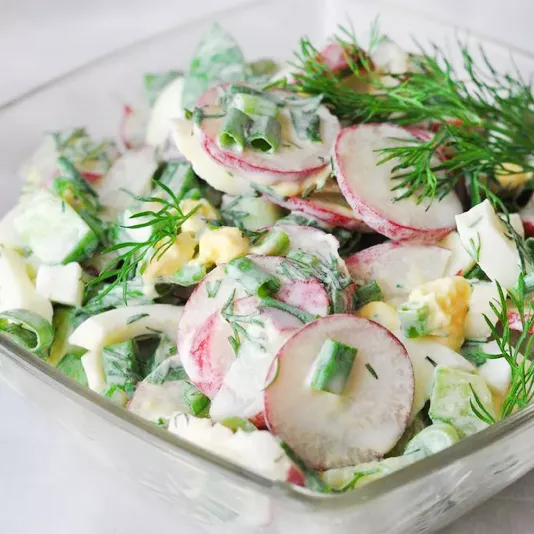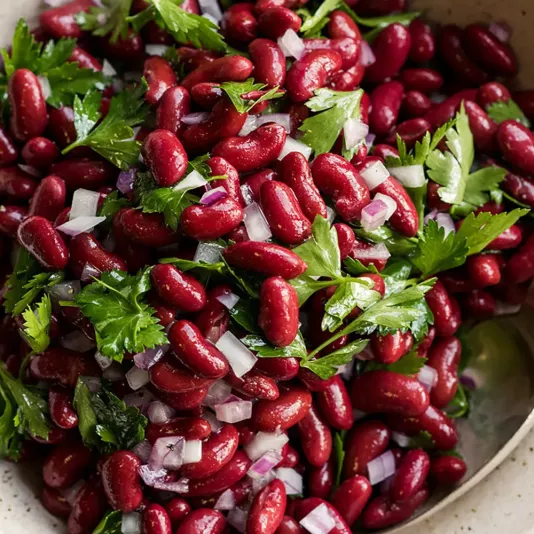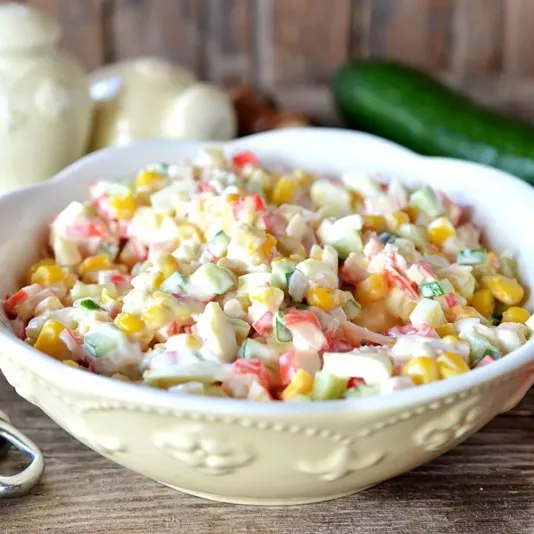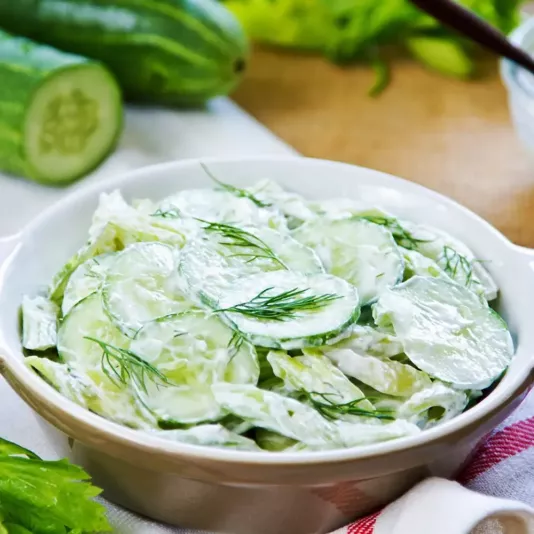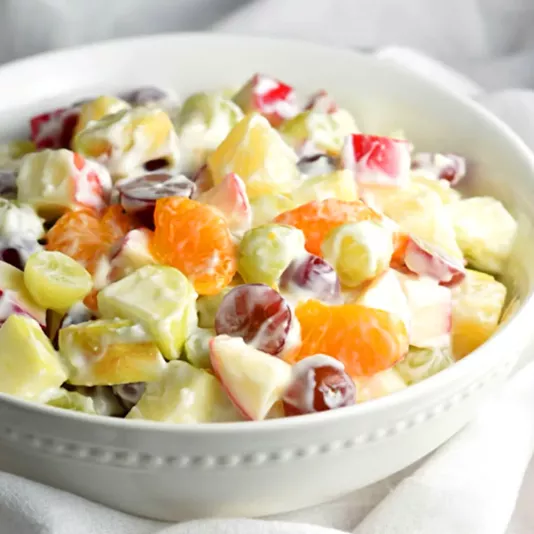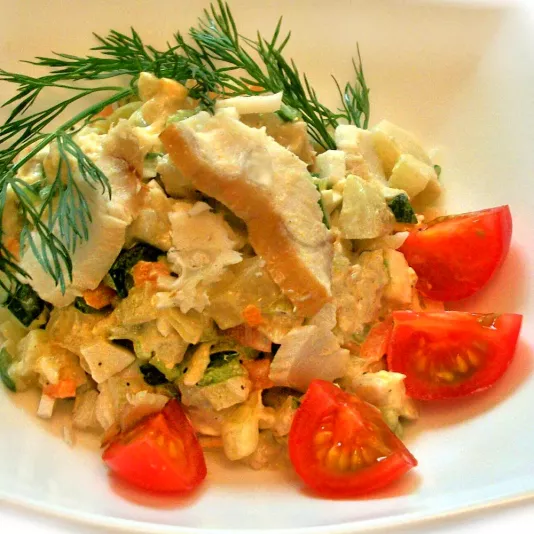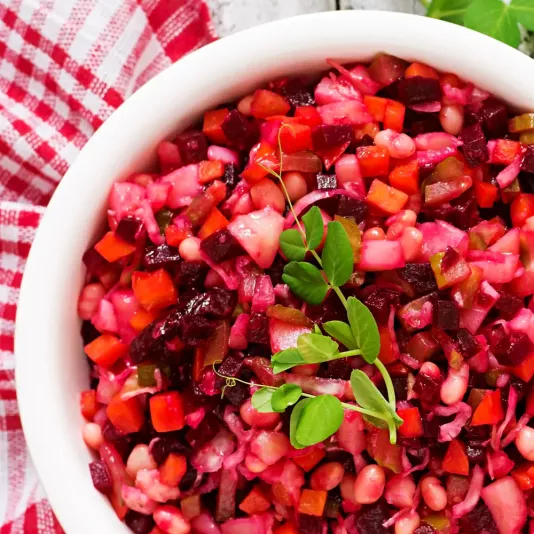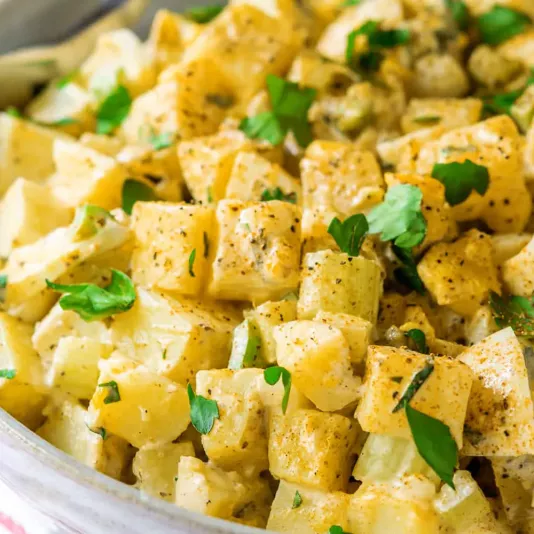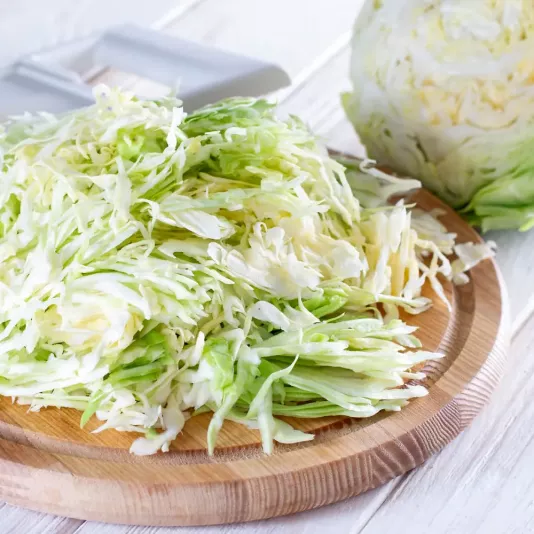Salads
Salads are a separate page of culinary experience, where even the simplest ingredients can sound new. I’ve learned to choose ingredients not only by taste but also by texture: I pair soft avocado with juicy cucumber and dense carrot with tender lettuce leaves. In my practice, there’s no universal recipe, because everything depends on the season and the occasion. In summer, I prepare cold vegetable salads with fresh herbs, and in winter, hearty versions with roasted root vegetables or grains. The main thing is not to overload the dish – to keep a sense of lightness. I always pay attention to the dressing: homemade oil, mustard, yogurt, or citrus acid should act as a unifying accent. This little detail often distinguishes an ordinary salad from one that truly stands out. And one more secret – letting the finished dish rest for a few minutes before serving: the components blend flavors better but don’t lose freshness. This approach helps create harmonious salads effortlessly, preserving the natural look and taste of the ingredients.
Salad Recipes
When I create new salad recipes, I always focus on balance: freshness, acidity, texture, and nutrition. Over years of cooking, I’ve realized that a salad must have a central focus – an ingredient that sets the tone. It could be roasted beetroot, boiled beans, or even caramelized onions. If everything is mixed without a clear idea, the dish loses its distinctiveness. To avoid this, I first think through the color palette and type of dressing: creamy, oily, dairy-based, or light citrus. Then I determine which components will support the main flavor. For example, I add goat cheese and walnuts to sweet beets, and mint and lemon to cucumbers. To keep the salad crisp, I never salt the vegetables in advance, since salt draws out moisture. I serve it right after mixing because even the perfect dressing won’t save the vegetables if they sit too long. For festive versions, I add pomegranate seeds or toasted seeds – they create a celebratory mood without unnecessary complexity. This approach maintains a balance between simplicity and elegance, which I always value in home cooking.
Combining Ingredients in Salads
Over the years, I’ve developed my own system of combinations based on contrasts of textures and flavors. For example, sweet carrots go well with tart apples and sharp cheese, while soft avocado pairs beautifully with crunchy radish. Such contrasts create depth. In my experience, the best results come from three main groups: vegetables, protein components, and dressing. When one is missing, the salad feels incomplete. I never mix too many different vegetables – a maximum of five – otherwise, the individuality of each is lost. If I want more volume, I add greens or grains. To make the salad look appetizing, it’s important to cut the ingredients to the same size. Uneven cutting can ruin not only the appearance but also the texture balance. For dressings, I use only freshly squeezed juices, as store-bought sauces often dominate and destroy the natural aroma. I also always consider serving temperature: warm salads bring out the aroma of proteins, while cold ones preserve crunchiness. This way, it’s possible to create perfect balance even in the simplest combination.
Salad Dressings
I’ve always believed that the dressing defines the mood of a salad. A light oil mixture with a drop of lemon creates a sense of freshness, while a thick yogurt sauce adds heartiness. In my practice, I’ve noticed the main mistake is overdoing it. If there’s too much dressing, it masks the flavor of the vegetables. So, I always pour it gradually, mixing after each spoonful. For delicate leafy salads, I choose mild oil without bitterness, and for roasted vegetables – aromatic mustard or sesame oil. When preparing for a festive table, I make more complex dressings with honey and balsamic vinegar – they add depth. Over time, I’ve learned to store dressings in small jars, so the salad isn’t overloaded right away: before serving, I just shake and add the needed amount. This simple rule has saved me more than once, especially during big preparations. Sometimes I experiment with aromatic herbs – rosemary, basil, dill – they give the sauce character without dominating. Such details form an author’s style even in home cooking.
Seasonal Salads
Seasonality is my main guideline. In spring, I enjoy the first crunchy cucumbers, dill, and green onions. In summer, tomatoes, peppers, and young zucchini reign on the table. In autumn, I love making salads with pumpkin, beets, carrots, adding nuts or seeds. In winter, I often turn to fermented or roasted vegetables because they retain flavor and benefits. Over the years, I’ve learned: the closer a product is to its season, the fewer spices or dressings it needs. The biggest mistake is trying to recreate a summer salad in January using greenhouse vegetables. Such dishes lack character. It’s better to make a warm salad with roasted potatoes and mushrooms – it’s both hearty and comforting. I always adapt recipes to the weather: cold salads for the heat, denser ones for cool days. Seasonal ingredients are not only tastier but also healthier, so I always plan my menu based on the market, not the fridge. This approach makes cooking lively and natural, and the dishes truly homemade.
Tips for Serving Salads
Serving a salad is the final but extremely important step. I always use cold plates for fresh vegetable salads and warm ones for roasted dishes. The color of the dishware matters: on a light background, the salad looks brighter, and on a dark one, deeper. Over the years, I’ve noticed that even the simplest dish is perceived differently if you decorate it with a few basil leaves or lettuce petals. The main thing is not to overload with decor. When I prepare several salads at once, I follow the principle of variety: one light with greens, another grain-based or protein-based. To prevent the dish from wilting, I mix the components just before serving. If the salad is served at a banquet, I keep the dressing separate so guests can add it themselves. It’s not only convenient but also shows respect for different tastes. Sometimes I serve salads in transparent glasses or small individual bowls – this way, each guest gets their own composition. It creates a feeling of care and completeness, which for me is always a sign of true culinary artistry.

